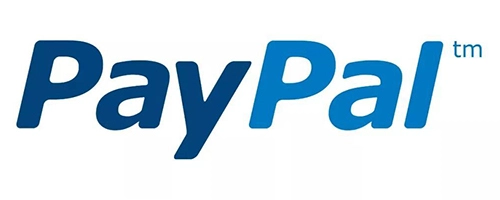- English
- Español
- Português
- русский
- Français
- 日本語
- Deutsch
- tiếng Việt
- Italiano
- Nederlands
- ภาษาไทย
- Polski
- 한국어
- Svenska
- magyar
- Malay
- বাংলা ভাষার
- Dansk
- Suomi
- हिन्दी
- Pilipino
- Türkçe
- Gaeilge
- العربية
- Indonesia
- Norsk
- تمل
- český
- ελληνικά
- український
- Javanese
- فارسی
- தமிழ்
- తెలుగు
- नेपाली
- Burmese
- български
- ລາວ
- Latine
- Қазақша
- Euskal
- Azərbaycan
- Slovenský jazyk
- Македонски
- Lietuvos
- Eesti Keel
- Română
- Slovenski
- मराठी
- Srpski језик
Discuss the technical advantages of PCBA factories in small-pitch patch
2025-07-29
In the context of modern electronic products' increasing pursuit of miniaturization and high performance, small-pitch patch technology has become increasingly important in PCBA processing (Printed Circuit Board Assembly). Small-pitch patch refers to the mounting technology with smaller spacing between components on the circuit board. This technology requires higher precision and more advanced equipment. This article will explore the technical advantages of PCBA factories in small-pitch patch.

1. Background of small-pitch patch technology
Small-pitch patch technology is mainly used in high-density and complex electronic products, such as smartphones, tablets, and high-performance computers. With the enhancement of electronic product functions and the reduction of volume, traditional patch technology has been difficult to meet design requirements. Therefore, small-pitch patch has become an inevitable choice.
2. Technical advantages of PCBA factories
Precision equipment and technology
In small-pitch patch, PCBA factories first benefit from precision equipment. Modern patch machines are equipped with high-resolution cameras and advanced image processing systems, which can achieve precise positioning of components in a very small space. This high-precision mounting process ensures accurate alignment of components during the mounting process, reducing potential short circuit and open circuit risks.
Automated production line
PCBA factories usually use automated production lines to improve production efficiency and consistency. In small-pitch patches, automated equipment can quickly complete the placement, soldering and inspection of components, reducing errors caused by manual operations. In addition, automated production can also achieve real-time monitoring of the production process to ensure the stability of production quality.
Advanced process flow
In the production process of small-pitch patches, the advancement of the process flow is crucial. PCBA factories usually use a refined printing process to ensure uniform coating of solder paste within a narrow pitch. At the same time, choosing suitable small-pitch soldering technology, such as wave soldering or reflow soldering, can effectively improve the quality and reliability of soldering.
3. Quality control and inspection
Full-process quality monitoring
PCBA factories pay attention to full-process quality monitoring in small-pitch patches. From solder paste printing to placement, and then to final inspection, factories usually use advanced inspection equipment, such as automatic optical inspection (AOI) and X-ray inspection (X-Ray), to ensure that every link meets quality standards. Through real-time monitoring, potential problems can be discovered and corrected in a timely manner to improve product reliability.
Test standardization
For small-pitch SMDs, PCBA factories will establish a standardized test process to ensure that each circuit board is rigorously tested before leaving the factory. This standardized process can reduce human errors, improve detection efficiency, and provide customers with high-quality products.
4. Ability to cope with challenges
Although small-pitch SMD technology has many advantages, it also faces some challenges, such as welding defects and thermal management. PCBA factories are technically capable of coping with these challenges, usually through the following ways:
Optimize thermal management
The high density of components in small-pitch SMDs can easily lead to heat accumulation problems. PCBA factories will consider heat dissipation design during the design and production process, and use appropriate heat dissipation materials and layouts to reduce the impact of heat on components.
R&D and innovation
In order to maintain their technological advantages, many PCBA factories actively invest in R&D, explore new SMD technologies and materials, and continuously improve the processing capabilities of small-pitch SMDs. This innovative spirit helps factories stay ahead of the competition.
Conclusion
Small-pitch SMD technology has shown significant technical advantages in PCBA processing, including precision equipment, automated production lines, advanced process flows, and strict quality control. As electronic products develop towards smaller size and higher integration, the continuous improvement of PCBA factories in fine pitch patch technology will help meet the market demand for high performance and high reliability products. Through continuous innovation and optimization, PCBA factories will be able to better serve customers and promote the development of the electronics industry.
-
Delivery Service






-
Payment Options









